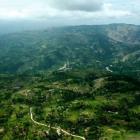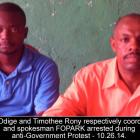ADVERTISEMENT
List President
Haitian President, Lysius Salomon
Here is a picture of Haitian President, Lysius Salomon.
The life of former Haitian President, Louis Lysius Félicité Salomon Jeune, before he became leader of the country was riddled with stages of discord for his family with various factions. He was born in Les Cayes in 1815, and his family were an influential set who often clashed with the elite mulattoes of the south where they lived. They were forced to flee the country to live in exile in Neyba during the rule of Charles Riviere-Hérard.
This exile would not be the only one endured by Salomon. With a shift in power, as the rule of the country turned over to Faustin Soulouque, the soon-to be-president returned to Haiti and was named minister of finance, a role he would keep until Soulouque was removed from power. At that time, Salomon had to, yet again, flee Haiti in exile, living in Paris and London until it was safe for him to return.
Louis Borno, President of Haiti
Here is a picture of the Haitian President Louis Borno, the Rebuilder of Haiti.
Louis Borno, Haiti's 28th president, was a seasoned politician by the time he assumed the presidency in 1922. An attorney by profession he was first appointed envoy to the Dominican Republic in 1899.
By 1915 Borno was serving as Minister of Foreign Affairs under President Philippe Sudré Dartiguenave. He continued in that position, holding auxiliary positions in finance, commerce, education, worship, public works, and justice. While Minister U.S. troops landed to stop uprisings in Port-au-Prince and occupied Haiti until 1934. But violence continued in rural areas where peasants were rebelling against U.S. Troops. Unsuccessful they died by the thousands.
When Dartiguenave's term ended the State Council elected Borno as Dartiguenave's successor. Once in office Borno was able to broker an agreement with U.S. High Commissioner Major General John H. Russell to get the U.S to aid in Haiti's economic development.
Christophe committed suicide, Jean-Pierre Boyer reunited Haiti without a single battle.
Jean-Pierre Boyer became President of the Haitian Republic in 1818, following a succession arrangement for the transition with former, then dead President Petion. A revision of the constitution, done two years before, had allowed the president to name his replacement to protect Haiti from outside intrusion. But Boyer also had to contend with inside intrusion in the form of Henri Christophe and the northern Kingdom of Haiti. This opposition would take care of itself as Christophe would commit suicide after a rebellion by his soldiers, leaving Boyer free to peacefully reunite the country.
Joseph Nemours Pierre-Louis, interim president of Haiti
Here is a picture of interim President, Joseph Nemours Pierre-Louis
Joseph Nemours Pierre-Louis, interim president of Haiti
Interim President, Joseph Nemours Pierre-Louis, was a lawyer by profession after a time spent teaching physics, until politics called him to lead in 1956. He became president following the exit in December that year of President Paul Magloire. As president of the Supreme Court, constitutionally, he was now the interim president of Haiti. He would serve in the post for less than two months before being succeeded by Franck Sylvain. During his brief time, he would announce the 1957 elections, seize the assets of the former president, and release Louis Dejoie.
Central Railway at Rue du Quai, Joseph Davilmar Théodore Government
Here is a picture of Central Railway at Rue du Quai during the government of Joseph Davilmar Théodore
Haiti had amassed a very large debt and Borno asked for a loan of $23 million to resolve it. He used the money to make infrastructure improvements, which included:
Road work
Rehabilitation of irrigation canals
Building of hospitals, schools, and public buildings
Availability of drinking water and telephones
Established an agricultural school and low-cost education nation-wide
Borno, however, would not hold free and fair elections. Instead the State Council re-appointed him in 1926. Borno ruled until 1930 when an American commission organized free elections and an interim president, Louis Eugene Roy, was sworn in.
In 1942 at the age of 76 Borno died in Petion-Ville.
Jean-Baptiste Riché, President of Haiti
Here is a picture of Jean-Baptiste Riché, President of Haiti.
Jean-Baptiste Riché (born 1780) was the Haitian President between March 1, 1846 to February 27, 1847. His military career began in 1802 when he was enlisted in the revolutionary army. He took active part in the war of independence and was hurt by a projectile that damaged the optic nerves of his right eye and went blind. After the downfall of Christophe in 1820, Riché took the side of the new government and retained his post (Commander of Haïti's Northern Province) during the subsequent administrations of Jean Pierre Boyer (President between 1818 to 1843) and his followers and he was able to retain that until Jean-Louis Pierrot became President of Haïti in 1845. These Boyer backers subsequently became his strongest critic. He was the son of a free black man, a sergeant in the colonial militia, who probably served in the rebel forces. Jean-Baptiste Riché was illiterate and old when became the Haitian President on March 24, 1846. He was succeeded to become the President of Haiti because he had a common sense that ended the dictatorship of his predecessors.
Henri Namphy living in the Dominican Republic
Here is a picture of Former Haitian President Henri Namphy living in the Dominican Republic
He was born to an old established family in Cap-Haitien. General Namphy was a graduate of the Haitian Military Academy and was first commissioned as an army officer in 1954. Gradually he was promoted to Brigadier General (1981) and Lieutenant General (1984). He served as the Senior Military Commander in two of Haiti's 9 provinces, one in the southern peninsula and other in the northwest and later he became the Chief of Staff. General Namphy was ousted in a military coup in September 1988. He was arrested and escorted to the airport on a granted political asylum. He left the country with wife, Gabrielle, and his daughter, Melissa. His palace at the Champ de Mars Plaza, near the army general headquarters and the Dessalines Barracks, which housed the country's best-trained unit, was the center point of weapon fire.
He speaks Spanish, Creole, French and some English. He has been married twice and has two children. He seldom travels overseas. His favorite foods are Haitian dishes like beef and pork chunks cooked in sizzling oil. But as drinks, he prefers Johnny Walker Black Scotch than own fine rums. He loves jokes and humor, but when he is serious, he is deadly serious.
Franck Sylvain served as president of Haiti for only 56 days
Here is a picture of Haitian President Franck Sylvain with his wife. He holds the record for serving the shortest period of time, serving as president of Haiti for only 56 days
The career of any Haitian political official is subject to the whim of the people, but one former president is holder of one of the shortest tenures in the history of the race, and this was due to might of the army. Haiti's 37th leader, President Franck Sylvain, was a judge when he rose in the esteem of the community, becoming president on February 7, 1957. His term was cut at 56 days, following his deposition by General Leon Cantave.
President Louis Mondéstin Florvil Hyppolite and his Panama Hat
There is a Haitian folk song dated back to President Louis Mondéstin Florvil Hyppolite and we are still singing it. The famous story of his Panama Hat
To be a Haitian President, one needed, especially in the 1800's, to be well dressed. Few could imagine a better dressed man than one who was donning the very stylish and increasingly essential Panama hats that were all the rage. Hyppolite, already considered a well-dressed man with his glasses tinted blue and white suits was immortalized as the man in the Panama hat when, upon his death, a song that would live on through generations was born. In typical Haitian satire, the circumstances of his death, having fallen off a horse under what some called mysterious circumstances (though some say it was a simple heart attack), made for a catchy tune that seemed to reference an incidence five years before when his Panama hat had, indeed, fallen off his head.

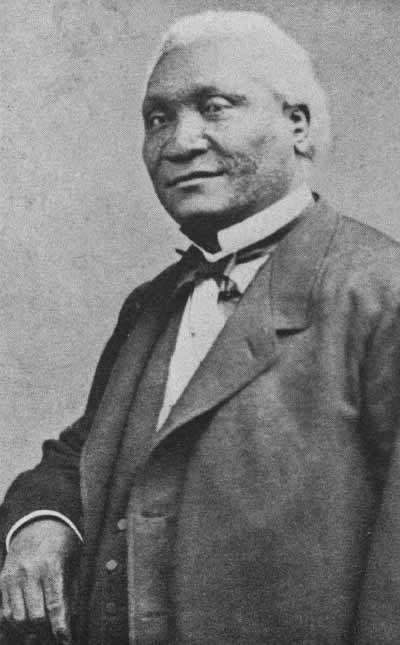
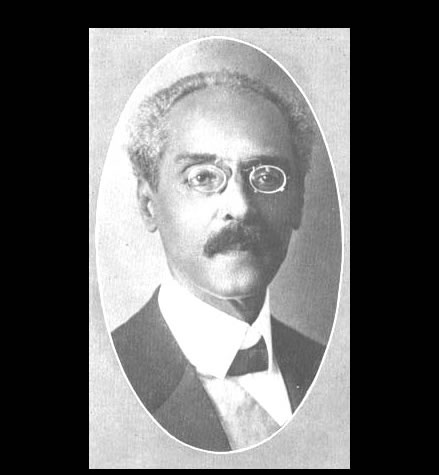
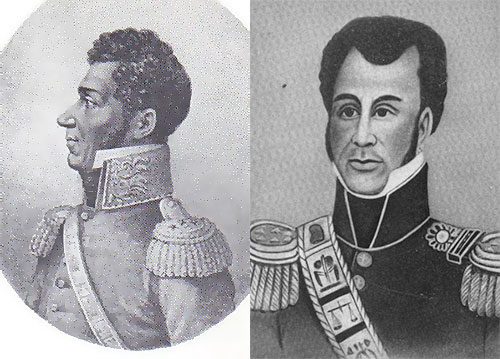
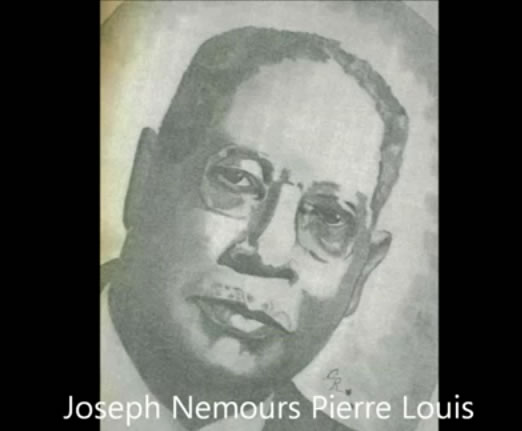
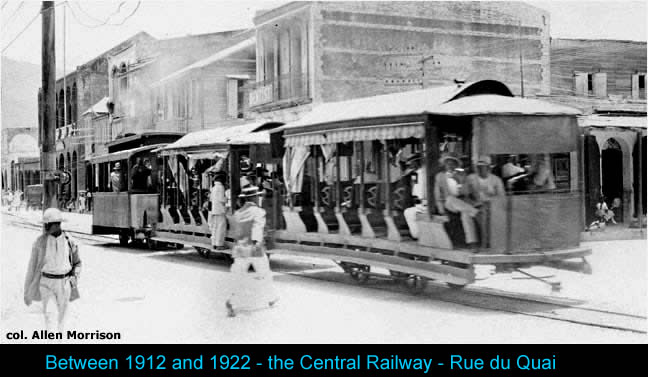
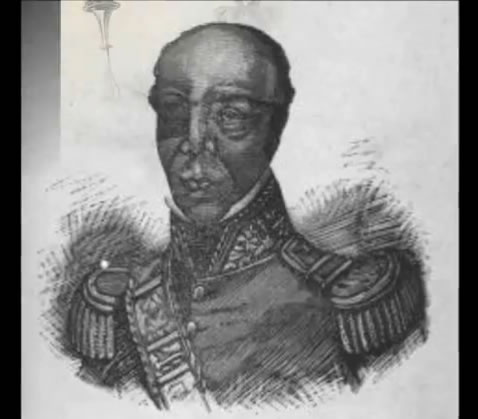
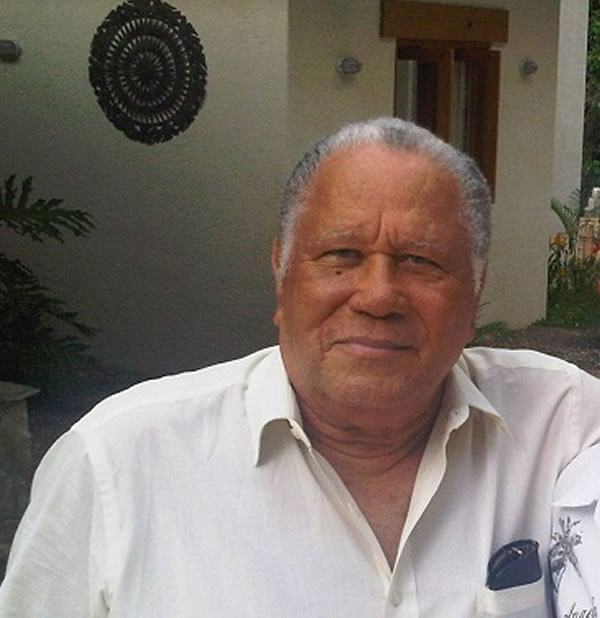
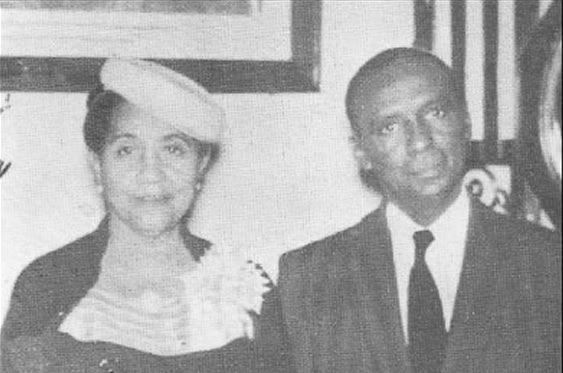
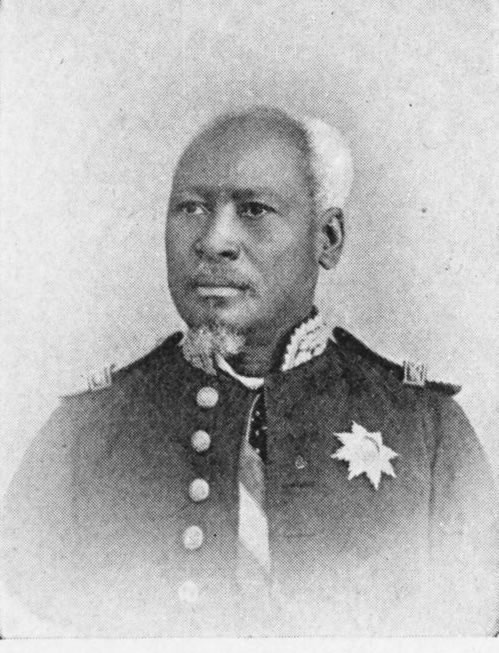
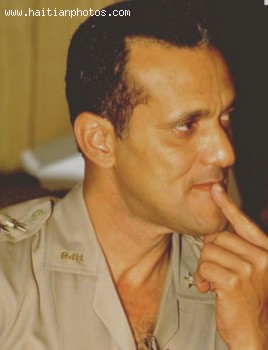
 Duty Free Americas (DFA) store at Toussaint Louverture...
Duty Free Americas (DFA) store at Toussaint Louverture...  Jounalis Phares Duverne mouri
Jounalis Phares Duverne mouri  Texaco Gas Station In Haiti
Texaco Gas Station In Haiti 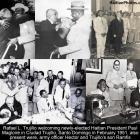 Rafael L. Trujillo welcoming Paul Magloire in Santo Domingo
Rafael L. Trujillo welcoming Paul Magloire in Santo Domingo  Port-au-Prince on fire over gas prices hike
Port-au-Prince on fire over gas prices hike  Dr. Michaëlle Amédée Gédéon is dead
Dr. Michaëlle Amédée Gédéon is dead 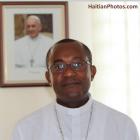 Pope Francis appointed Mgr. Launay Saturne Archbishop of...
Pope Francis appointed Mgr. Launay Saturne Archbishop of... 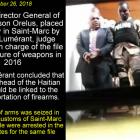 Former PNH Chief, Godson Orelus, arrested for illegal arm...
Former PNH Chief, Godson Orelus, arrested for illegal arm... 
